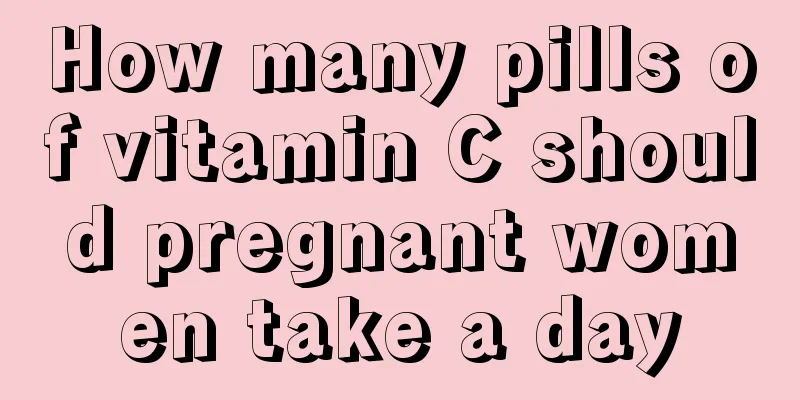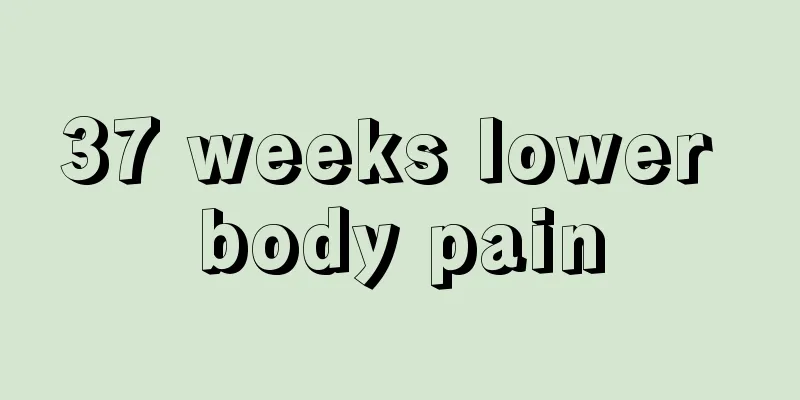What are the causes of cracked nipples?

|
Moms who are breastfeeding for the first time will find that their nipples cannot withstand the baby's attraction. Frequent breastfeeding will cause great stimulation to the nipples. Not only will they have too little milk and small nipples, but many people also have congenitally developed nipples, which may cause nipple cracks and infections. Therefore, most nipple cracks are caused by these factors, and breastfeeding women must take good care of themselves. Causes The nipple skin of a new mother is relatively delicate and cannot withstand the stimulation of the baby's sucking, especially when there is insufficient milk or the nipples are too small or inverted. As the baby sucks and bites the nipples hard, the nipple epidermis is soaked in saliva and becomes softened, peeled off, and eroded, forming cracks of varying sizes. In addition, the baby's sucking posture is incorrect, and the nipple and most of the areola are not covered, or the nurse excessively cleans the nipple with soap, alcohol and other irritants, causing the nipple to become too dry, which can easily cause the nipple skin to crack. In severe cases, the nipple may become ulcerated and lead to secondary infection. Usually, the yellow liquid that seeps out of the crack will form a scab after drying, which is dry and painful. Especially when the baby is feeding, it will feel like a knife cutting and is unbearable. Once bacteria enter through the crack, they will invade the breast and cause mastitis or breast abscess, necessitating the interruption of breastfeeding. Treatment 1. When the nipples are cracked, apply hot and wet compresses before each feeding, massage the breasts to stimulate the milk ejection reflex, and then squeeze out a little milk to soften the areola, making it easier for the nipple to connect with the baby's mouth. 2. When feeding, suck the healthy breast first. If both breasts are cracked, suck the lighter side first. Make sure the baby holds the nipple and most of the areola in his mouth, and change the feeding position frequently to reduce the stimulation to the nipple when sucking hard. 3. After feeding, press the baby's lower jaw lightly with your index finger, and when the baby opens his mouth, take the opportunity to pull out the nipple. Do not pull the nipple out of the baby's mouth abruptly. 4. After each breastfeeding, squeeze out a little milk and apply it on the nipples and areola to keep the nipples dry. At the same time, the protein in the milk promotes the repair of damaged nipples. |
<<: Nipple pain, beware of these symptoms
>>: What causes enlarged nipples?
Recommend
What causes nipple pain after childbirth
Many women experience nipple pain after childbirt...
Why is the cesarean section incision hard?
Childbirth is a hurdle that women face, as it may...
What are the early symptoms of cervical adhesions?
Many people are not particularly clear about the ...
Does having a fever on the day of ovulation affect pregnancy?
Having a fever on the ovulation day will not affe...
Can I get pregnant with chronic enteritis?
We all know that pregnancy is an exciting thing f...
What should girls eat to make their breasts bigger?
Nowadays, women not only have very high requireme...
What to do with female lobular hyperplasia
Nowadays, social pressure is getting greater and ...
Can gynecological inflammation be cured by rolling hot eggs?
Many women may suffer from gynecological inflamma...
What are the types of vaginal bleeding?
The vagina is an important reproductive organ of ...
How to stick the nail plate firmly
Nowadays, manicure has been pursued and loved by ...
Is menstrual cramps similar to the pain of childbirth?
Among the three types of pain listed by biologist...
What are the side effects of folic acid tablets?
Generally speaking, women should take folic acid ...
Is breast enhancement cream harmful to the body?
In life, many women with small breasts will try a...
Can women exercise during menstruation?
Fitness exercise has many benefits to the body. F...
Can pregnant women use essential oils for hair care?
Many women feel that their hair becomes rough, ro...









